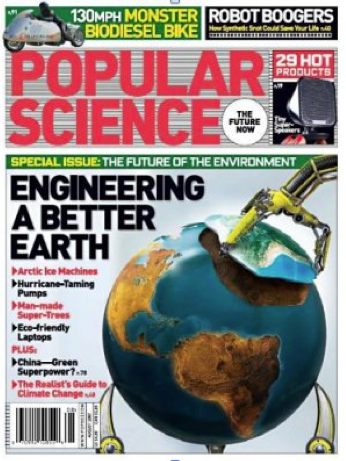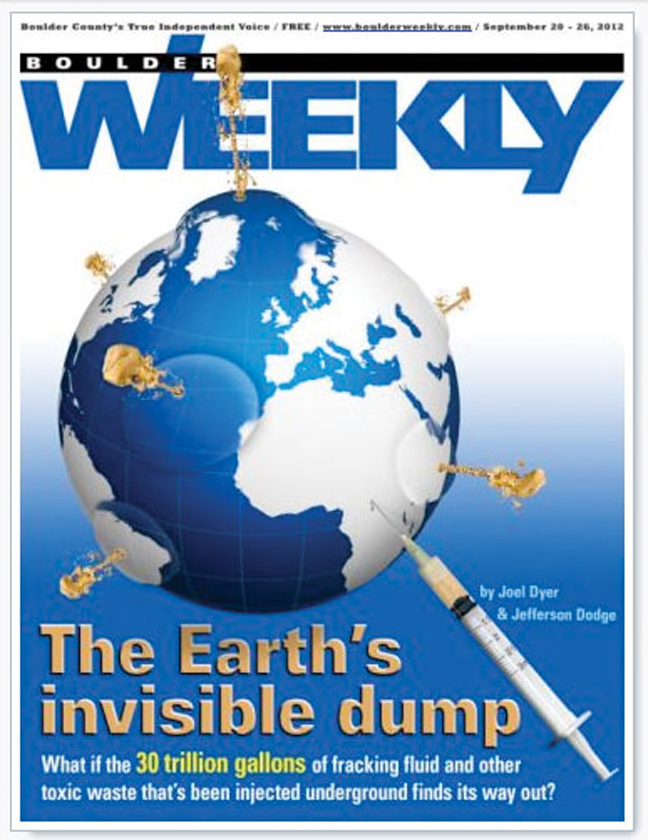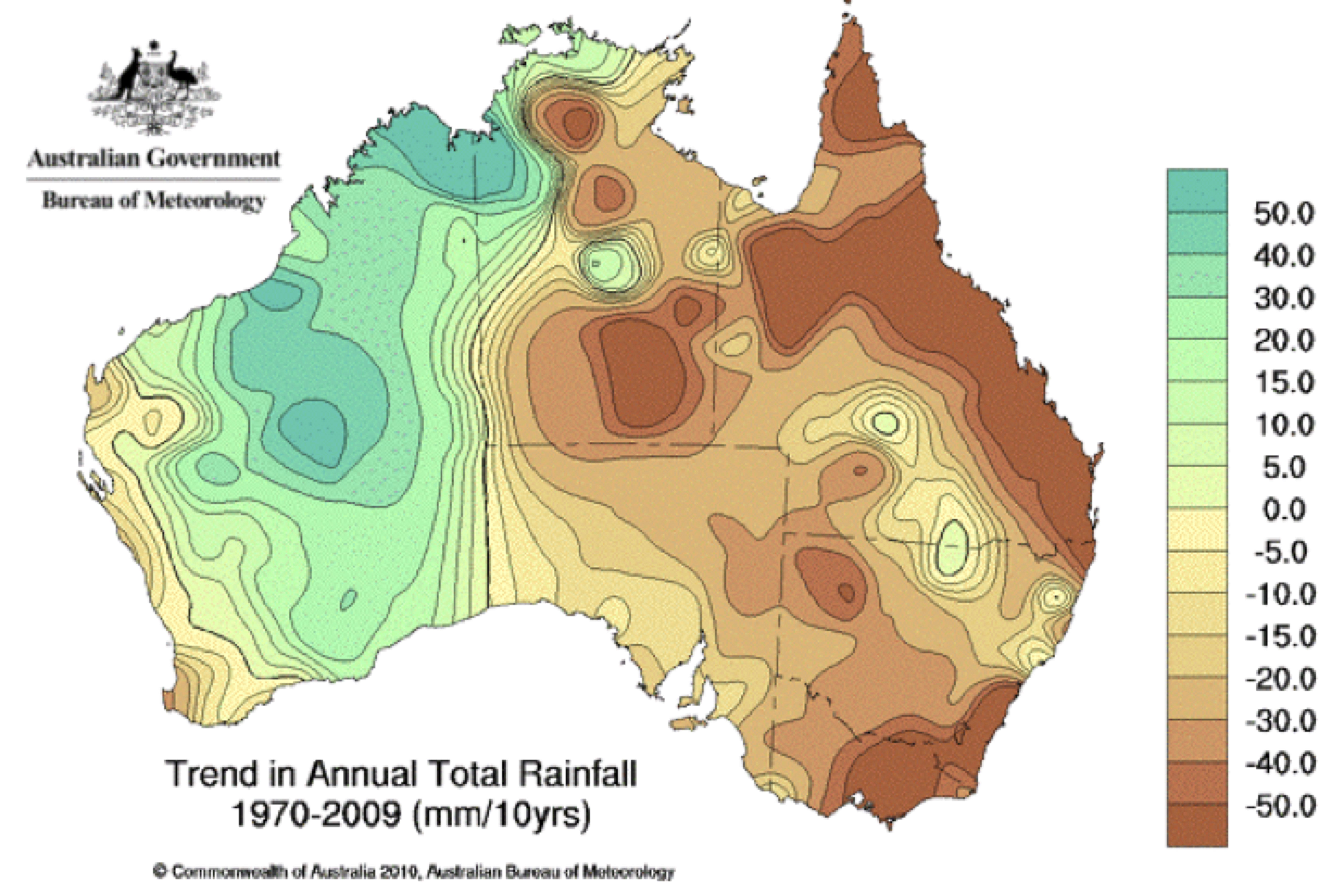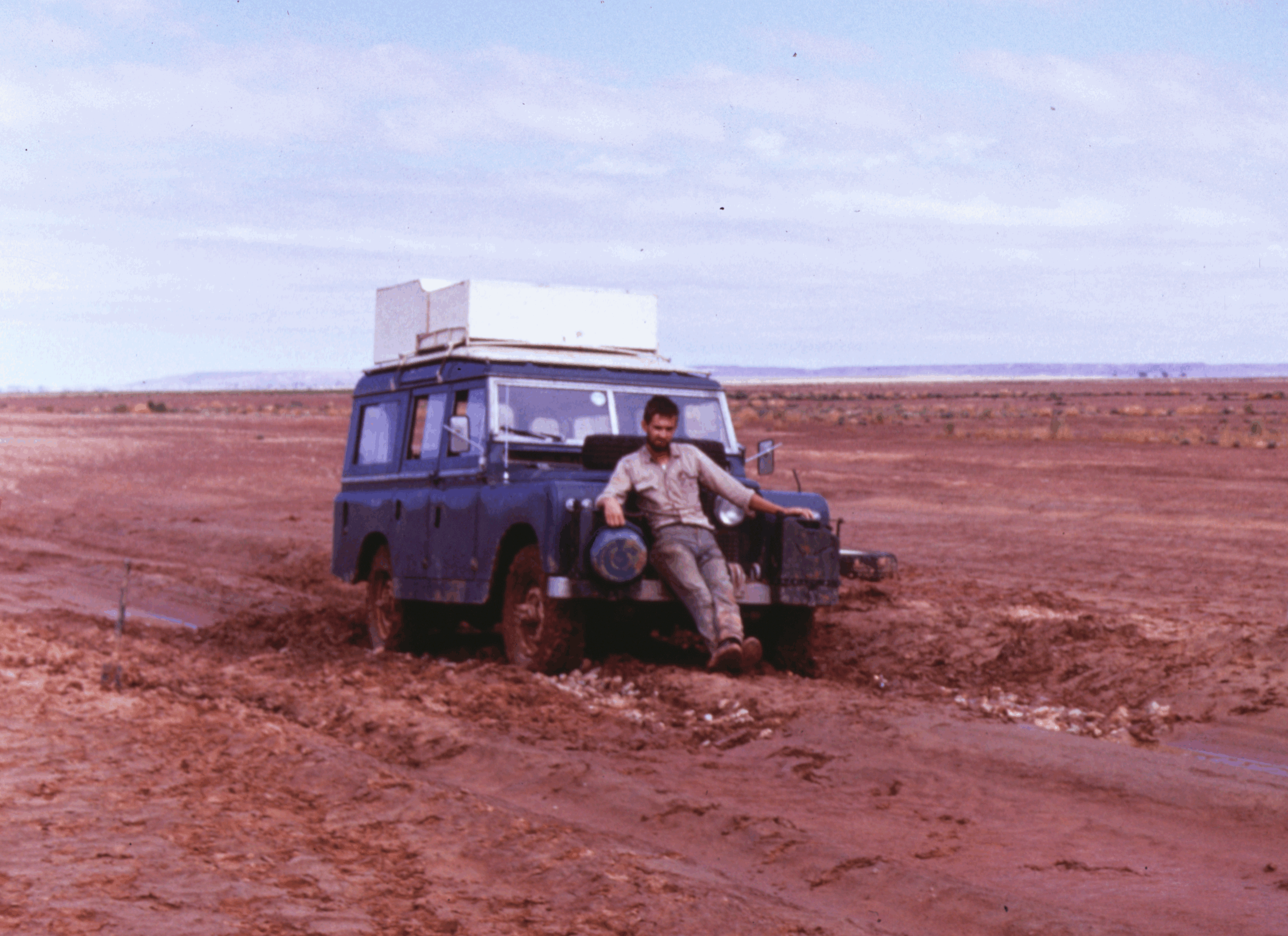
© Eric R. Pianka Humans are clever beasts -- we have found many different ways to make our lives easier. Prehistoric people invented weapons such as spears, knives, bows and arrows, and boomerangs, among others. They made warm clothes from animal skins and shelters such as teepees. They figured out how to make and control fire. They built small boats and learned how to catch fish with hooks and nets. Without such ingenuity, humans probably would not have survived until the present day. We were hunter-gatherers for most of our early history. For millions of years, human populations remained low and could be sustained by living off the land. Then, about 100 centuries ago (10,000 years before present, just at the end of the last major ice age), humans discovered agriculture, which allowed us to produce much more food. As a result of increased food availability, human populations grew much higher. With the advent of agriculture and more food, humans could live in much more densely packed villages and cities. This, coupled with the invention of money, allowed manipulative individuals to acquire greater power over others by controlling resources such as land, food, water, and shelter. Vast areas were deforested to grow crops to feed the burgeoning human populations. People spread out to new lands and continents taming the wilderness until we encircled the entire globe. The industrial revolution, especially the use of fossil fuels, enhanced our ability to usurp habitat and led to even greater food production and still denser human populations. Every time food supplies became limiting, clever people discovered new ways to increase food supplies. For example, when supplies of animal fertilizers began to be exhausted, the Haber-Bosch process of producing artificial nitrogenous fertilizer from air using natural gas as an energy source was invented. This enabled agriculture to expand and population growth to continue unabated. Human populations soared, doubling and redoubling. Runaway population growth has been likened to cell proliferation in cancers. Our success in evading resource limitation has mesmerized many people into thinking that resources are unlimited.  
Our arrogance is unlimited. Many are convinced that technology will always come to our rescue. But technology cannot save us indefinitely. Earth's resources are far from infinite. Our crazy economic system of continual growth must ultimately lead to our downfall. Indeed, the inevitable collapse may have already begun with the worldwide recession/depression. Technological "Advances" Modern molecular biotechnological tools, such as restriction enzymes and gene splicing, now enable geneticists to transfer particular genes from one organism to another. Human insulin and growth hormone are now routinely produced in chemostats of the human gut bacterium Escherichia coli that have had human genes spliced into their genomes. Transgenic cows produce milk containing medically useful proteins such as human blood clotting factors (useful for hemophiliacs!) Genetically altered transgenic bacteria have been used as living vaccines that confer resistance to particular diseases such as typhoid. Pest resistance and nitrogen-fixing genes are being spliced into crop plants with the hope of vastly increasing yields. Any day now, some enterprising genetic engineer will transplant elephant growth genes into cattle to make bigger and better cows! You want a bigger chicken? I'll transplant some ostrich genes into chickens! We are audaciously bypassing natural selection and creating whatever phenotypes we want. The safety of research on such man-made genetically modified organisms raises legitimate concerns, particularly the possibility of accidental release of virulent strains that might attack humans. Such concerns have been addressed by implementation of strict containment procedures for recombinant DNA products, as well as by selecting and creating host organisms for foreign DNA that are incapable of surviving outside the laboratory. However, the genie has already gotten out of the bottle. A large percentage of US crops (corn, soybeans, cotton, tomatoes, etc) are genetically engineered and are now being grown commercially. A bacterial gene (Bt) that produces an insecticide was spliced into the genome of corn to confer protection against corn borers. Corn is wind pollinated, and genetically engineered Bt pollen has now polluted the once pristine gene pool of corn crops in Mexico. More transgenic organisms will eventually be released into nature, and the process could well be irreversible. Genetically-engineered organisms could have adverse effects on other species in natural ecosystems (download Reg Morrison's " Genetically Modified Crops"). We already have enough natural pests and certainly don't need man-made ones! Obviously genetic engineers should work hand in hand with ecological engineers. Unfortunately, we still know far too little to engineer ecological systems intelligently. Another problem is the unfortunate human tendency to pursue runaway greed and profit and to allow short-term financial gains to override long-term prospects. Once we were surrounded by wilderness and wild animals, but now we surround them. The human population explosion has been fueled by habitat destruction -- we are usurping resources once exploited by other species. Massive consumption of fossil fuels for agriculture has also contributed greatly to overpopulation. During the past third of a century, world population has more than doubled from about 3.4 billion people to 7.7 billion (that's 7,700 million!). In some parts of the world, human populations are growing even faster. If humans do not control their own population (and we seem unwilling and unable to do so), then other forces, most likely lethal microbes, will certainly act to control our population. "Wildlife management" is a complete joke! Desertification has been greatly accelerated during the past century due to above-mentioned processes, too. Arid areas are in a more precarious and perilous position than wetter areas. Eastern Australia has been particularly hard hit. As the human population burgeons, the last remaining natural habitats are rapidly being destroyed (Vanishing Book of Life on Earth). We have released massive amounts of pollutants into the atmosphere causing global climate change, which could well be our undoing. 
Crop failures would seem to be inevitable. People have lost touch with nature -- many seem to have forgotten where food comes from -- some people may think that boxes of Triscuits grow on supermarket shelves. But empty shelves in supermarkets will eventually awaken people to the dire danger of tampering with earth's atmosphere -- however, by then it will be much too late to rectify the situation. Nannotechnology is our latest technological innovation, much touted as the solution to almost everything from human health to space technology to better batteries. New stable molecules that never before existed on Earth are now being made using very high temperatures. The celebrated nannotubes and buckyballs are examples. Nannotubes are very strong and very long cylindrical carbon molecules that conduct heat well. Buckyballs, also formed of carbon atoms, are exceedingly stable as well as quite tiny. So far, buckyballs appear to be biologically inert, as they have been injected into peritoneal body cavities of mice without discernable side effects. Nevertheless, some remain concerned that they could clog pores in cells. Nannotubes, however, have some asbestos-like pathogenic biological side effects. Some fear that nannotechnology could unleash man-made molecules with disasterous side effects. Time will tell. 
Technology lures us out on to thin ice. I learned this over 50 years ago, when I got my first 4-wheel drive vehicle. Thinking that now I could go anywhere, I soon discovered that you get stuck using four wheels, too, but much worse than you can get stuck with two wheel drive (a Land Rover mired in soft bottomless mud up to its axles is sad to contemplate!). Unlimited cheap clean energy, such as that so ardently hoped for in the concept of cold fusion, would actually be one of the worst things that could possibly befall humans. Such energy would enable well- meaning but uninformed massive energy consumption and habitat destruction (i.e., mountains would be levelled, massive water canals would be dug, ocean water distilled, water would be pumped and deserts turned into green fields of crops). Heat dissipation would of course set limits, for when more heat is produced than can be dissipated, the resulting thermal pollution would quickly warm the atmosphere to the point that all life is threatened, perhaps the ultimate ecocatastrophe. Last updated 17 January 2020 by Eric R. Pianka |